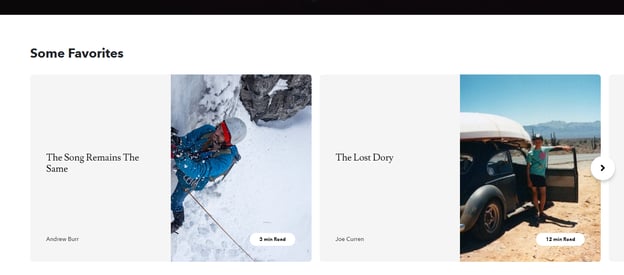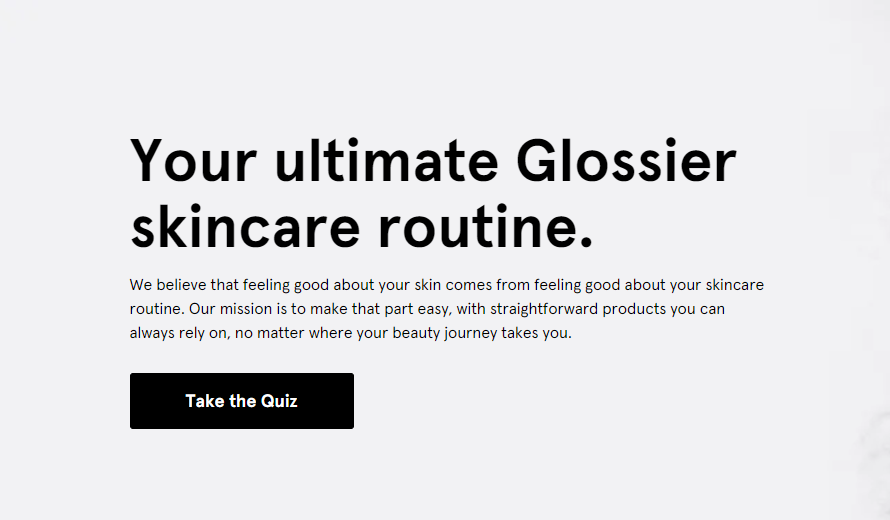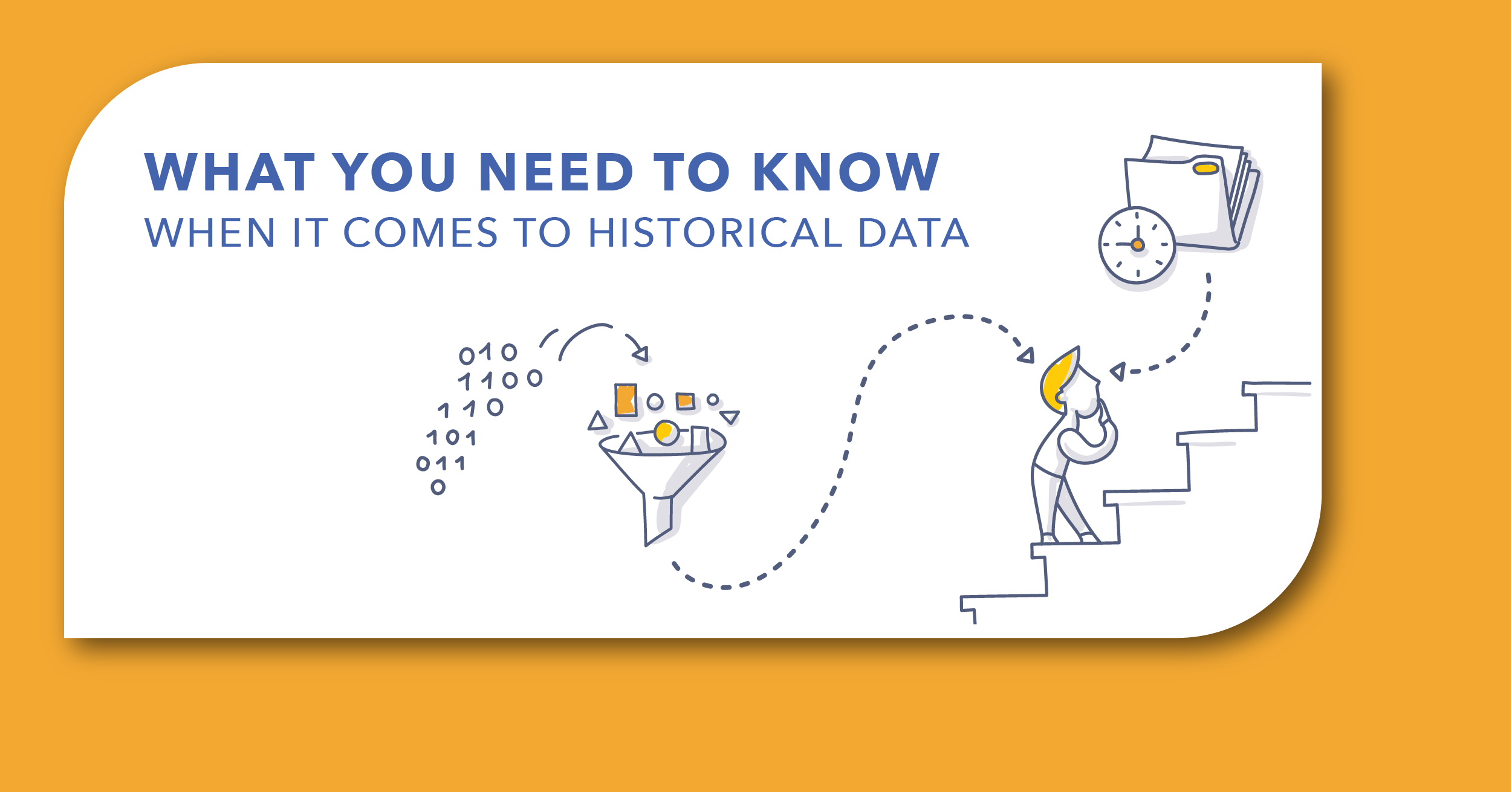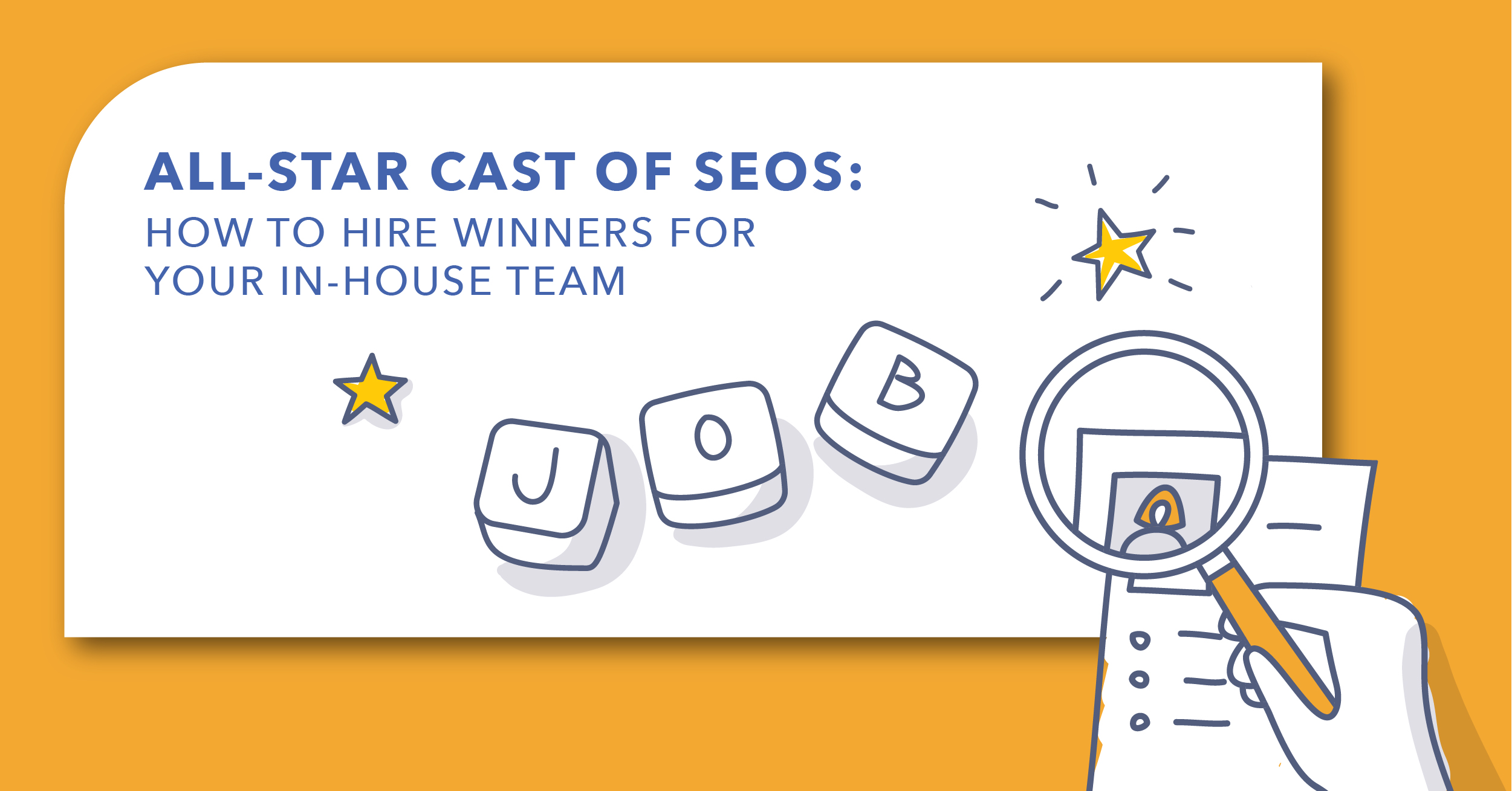We say it time and time again: authority is a crucial part of increasing your search visibility on the SERP — and earning high-quality backlinks is a great way to build that authority.
Backlinks are invaluable in SEO. But, they are outside of your direct control. After all, you need someone else to link to your content.
However, after consulting with numerous digital marketers about their website, SEO efforts, and types of content, I’ve noticed some patterns. Some content types generate more quality links than others, and that’s what I want to show you today.
First let’s cover the basics …
Recommended Reading: Why Are Internal and External Links Important for SEO?
What Are Backlinks?
Backlinks are essentially “votes” from other sites that tell search engines that this content is valuable, credible, and useful. It’s valuable enough that those other sites trust you and endorse you by mentioning you to their own readers. The more of these votes that you have, the higher your site can rank on the Google SERP, and other search engines too.
Even though Google is constantly making changes to its algorithm and ranking factors, backlinks remain a key ranking signal that demonstrate your authority.
Why Is It so Hard to Earn Backlinks?
Link building is a challenge for any SEO or digital marketer.
If you’re reading this, you’re most likely creating quality, reputable content that users will love … which means your competition is, too. With the sheer amount of content being created and published online, it’s easy to recognize the content chaos that exists today.
This creates a major problem for earning backlinks: There is so much competing content that covers the same topic, but a website is only going to link to one source’s URL (if any at all).
Note: If your brand or product is mentioned on another website and they don’t link to you, you can kindly reach out to them and ask for the backlink.
Earning backlinks is also challenging because the Google guidelines have changed over the years. Like I mentioned above, you can reach out to bloggers and ask for a link. But different circumstances change things.
To show that a link is a paid placement, Google wants you to mark it as sponsored. Not just in the text of the site, but through the link attribute: Rel="sponsored". If your links are built through user-generated content, this needs an attribute as well: Rell="ugc".
The same goes for site owners. For example, if you have a forum on your site where there is user-generated content, the links that people place should contain a Rel="ugc".
You can still use the nofollow attribute, or if you can use a combination of the above. For example, if you have a paid link you can use: Rel="nofollow sponsored".
All of these changes made it hard to earn backlinks. Not to mention, there are spam opportunities out there which is the SEO equivalent of "get rich quick."
Here’s a quote directly from Google’s Search Console Help on how to earn backlinks, the right way:
The best way to get other sites to create high-quality, relevant links to yours is to create unique, relevant content that can naturally gain popularity in the Internet community.
Six Ways to Earn Backlinks
Let’s think about Google as a graveyard, for a second. The web has so many pages that haven’t been updated in years that simply provide no value. When you add new content to your site (or refresh existing content to further enhance it) you show Google that your site is still “alive” and providing value to users.
But, what kind of content should you create?
“How To” Blog Posts
Blogs are important for many reasons: establishing domain authority, generating leads, offering value, etc. but how to blog posts are great generators of backlinks.
“How to” posts are among the most popular forms of content because they educate readers by guiding them step-by-step through a process. These articles earn backlinks because they break down big ideas into smaller, more digestible pieces of information. Other sites can then easily find relevant information to link to.
Lifestyle Content
Lifestyle content can work well for brands that have a strong following. It creates a sense of community and loyalty for the customers that ties them to the brand.
People tend to link to and share content that they can relate to. Let’s look at an example from Patagonia.

(Patagonia has made a community that expands beyond just selling products.)
Patagonia clearly flesh out the idea of a "tribe"— a community that is interested in the culture of a company. They go beyond just selling products to creating a group that lives both on- and off-line.
Your business will influence what type of lifestyle content you create, but its personalization and uniqueness should help build backlinks because those who are a part of the community will write and talk about it. Plus, other websites like blogs that are centered around this lifestyle will be more likely to link to you because you aren’t being just “a brand” — you’re a part of that community, too.
Similarly, create a lifestyle competition page to draw in user generated content, which would mention or link to the brand.
Video
Video is a content type that can’t be ignored. It’s a huge driver of user engagement, and users spend 88% more time on a site that features video.
Videos are viral in nature and can really help you in acquiring high-quality backlinks. An example here would be interviewing an expert in your field. They would offer unique insights that couldn’t be found anywhere else. Or, if your industry doesn't deal with experts per se, you can still provide value with “how to” instructional videos.
Again, the more value you can input into your content, the more likely others will link to it.
Plus, video generates 1200% more shares than image- and text-based content, so even if they don’t drive backlinks, you know your content is still being seen in other ways.
Infographics
Infographics account for roughly 15% of all social shares, which makes them one of the most consistently shared content types. But it’s their ability to simplify complex content that makes them great drivers of backlinks.
Information that already exists on a website in a text-based format can easily be turned into an infographic. But those with the best chance of earning backlinks will include charts and graphics with original data and reporting. What information do you have access to that can be turned into an infographic?
Again, complex topics are best suited for infographics because you can use diagrams to visually explain the situation.
Quizzes
Quizzes are one of the most effective forms of content marketing on the web. They have a high reach and tend to be shared online often. Not to mention, they increase engagement because they are interactive.
If you site features a unique quiz, others in your industry or niche may link to it as a useful resource for their own audience.

(Quizzes are interactive, drive engagement, and are likely to be shared.)
White Papers
White papers are a great way to demonstrate your unique perspective and authority on a subject. White papers are formal documents that typically showcase research or findings.
79% of B2B buyers share white papers with their colleagues, most likely due to the fact that they include proprietary findings. Also considering creating ebooks and online guides. These mediums tend to also present rich findings that can generate backlinks.
Conclusion
The first step to earning high-quality backlinks is to create unique, memorable, and useful information that people would naturally reference and refer to. Then, think of the most suitable presentation of that information. Content suited for a video doesn't mean that you need to load that same information into a white paper.
And always be aware of fraudulent spam opportunities that guarantee you backlinks! If your content provides unique value, it will be linked to, naturally.
After you start to earn backlinks, you'll want to pay attention to your link management. I recommend you follow the steps in our post, "Link Profile Analysis: How to Maintain a Clean Backlink Profile."







Comments
Currently, there are no comments. Be the first to post one!